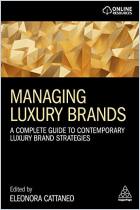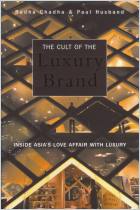Rejoignez getAbstract pour lire le résumé !

Rejoignez getAbstract pour lire le résumé !
Jean-Noël Kapferer
Kapferer on Luxury
How Luxury Brands Can Grow Yet Remain Rare
Kogan Page, 2015
Aperçu
Luxury brands require and create new growth strategies in the face of an enviable problem: too much demand.
Recommendation
Only a privileged few can afford a Rolls Royce, Hermès Kelly bag or Patek Philippe watch. Luxury products serve the extremely wealthy. They connote status, prestige and exclusivity. Their high prices once held ordinary shoppers at bay. Today, however, mass-market buyers demand access to the products they see their favorite celebrities using on TV and in movies. Luxury expert Jean-Noël Kapferer addresses the luxury sector’s growth challenges in this compilation combining previous articles and new essays to build on his companion volume, The Luxury Strategy. While redundancy and repetition may blunt the rewards of reading Kapferer from cover to cover, getAbstract recommends his insights to students of economic trends as well as luxury-brand investors, managers, marketers and sellers.
Summary
About the Author
An expert on the luxury industry, Jean-Noël Kapferer is co-author of The Luxury Strategy.





















Comment on this summary